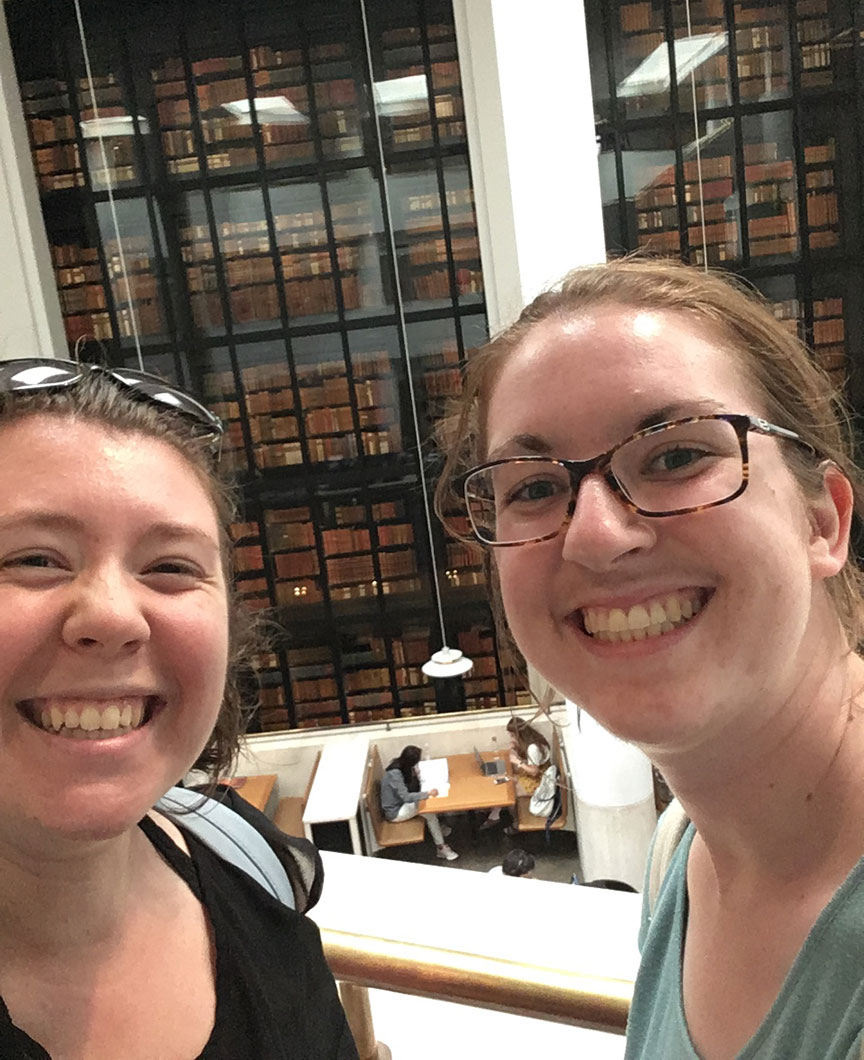Read it or live it. Why not both?
We have all taken a class and had expectations for it. Sometimes we will think the professor will be great or that the class will talk about what we’re interested in and it backfires.
Classes are meant to prepare us for something in the future. For London, we read and analyzed many, many texts to have a backstory and information about London before we got there.
Unfortunately, not everyone obtained information. We immediately forgot almost everything. And by “we,” I mean me.
I can’t truly appreciate a place or history just by reading. I need to see, experience, and touch things and be in those places in order to comprehend their realness. Books don’t always tell us what we need to know and they definitely can’t tell us how it will make us feel.
St. Paul’s Cathedral
For example, St. Paul’s Cathedral, one of the oldest and most important churches in the original city of London, is a huge deal. The stairs of St. Paul’s is where the Queen of England is welcomed into the city by the Lord Mayor of London, where he ceremoniously gives her a sword as an honor to the monarch and brief relinquishing of power.
- Front view of St. Paul’s Cathedral, featuring a random bride taking her wedding photos in front of it.
Hearing this story from our tour guide the other day made London a real place to me, even though it has existed and thrived for over 2,000 years.
While I wasn’t able to go into St. Paul’s myself, seeing it from the outside and knowing its history made it real and worthwhile. I was able to understand that things that happened or were built in the past in London, are still part of the culture and city today.
The Importance of History
Buildings weren’t just built willy-nilly. There was a rhyme and reason for most buildings that were constructed. After the Romans were thrown from power in London, the remains of their buildings stayed beneath the city and continue to live under the high rises that have taken their place today. Fires blazed throughout London multiple times during its history, and buildings were rebuilt to replace the old ones that had been destroyed.
While these old things are “cool,” they deserve to be respected and recognized for the history they add to the city. I love looking at cool stuff as much as the next guy, but why would we keep these things around if it wasn’t important? I need a reason to look at buildings and artifacts other than “they look cool” (even though I’ve definitely done my fair share of just wandering and looking at cool stuff just because I liked how it looked on this trip).
I’ve found a giant bookcase of old and ancient manuscripts at the British Library as you’ll see in the next photo, but I’ve also found buildings and stories like Westminster Abbey, which is absolutely breathtaking with it’s intricate designs and calming atmosphere. And while Westminster Abbey has a lot of history, I’ve also found buildings that were just fun to look at. Like a building we found in a neighborhood that houses a media company, but changed colors as you walked past it and had a living garden sticking out of the side of the building, which I hadn’t seen before and it was awesome.
- Selfie I took with fellow traveler Nicole in the British Library and their giant case of old texts and manuscripts that we both nerded out about and thought were amazing!
While all of the monuments throughout the city are beautiful and wonderful to look at, this is not why these places are special and continue to be appreciated. While it’s nice to look at cool stuff, why keep it around if it doesn’t have its own history or significance that is part of the city itself?
Throughout our trip, we have found buildings and artifacts that show the city’s constant change. We explored ancient buildings from the Roman era, in which the people of London overthrew them to take their city. We’ve seen churches, like St. Paul’s Cathedral, that was repeatedly rebuilt to keep up the importance of faith and going to church in history. We’ve also seen places that were meant for the people of London to enjoy, like the Tate Modern Museum; a modern art museum that is a former power station turned museum.
Like going into a new class or semester, we don’t know what will be important before we get to the next step or place in our lives, and in experiencing new places and traveling, we learn about the importance of other places, people, and history.
– Lauren Saner ’19

